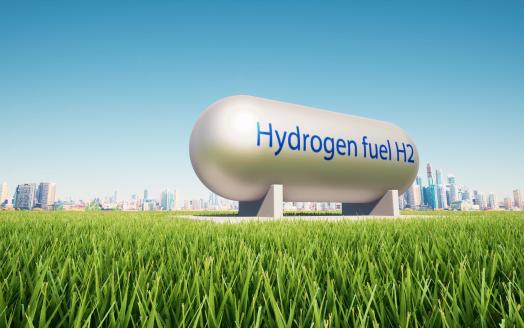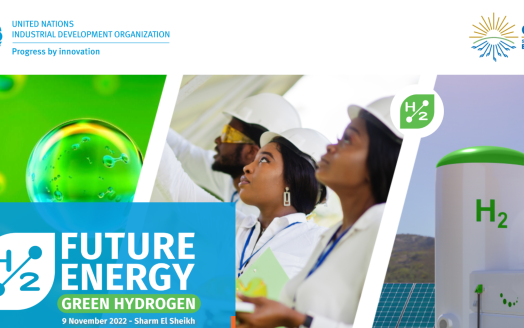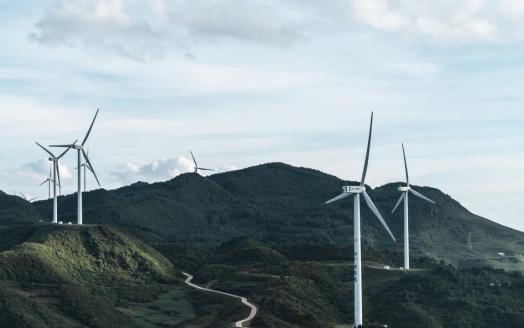Egypt
Egypt has an abundance of renewable energy resources with high deployment potential, including hydropower, wind, solar and biomass. This makes the country a prime location with high potential for clean hydrogen production. To achieve Egypt’s NDC commitments under the Paris Agreement, the Egyptian NDC recognizes the importance of reducing GHG emissions in the industrial sector. For these reasons, hydrogen has become a priority for the country to achieve this ambition.
Egypt already extensively uses grey hydrogen, produced from natural gas using steam methane reforming, in its key industries. The potential introduction of green hydrogen can help the country decarbonize its industry and fulfil climate targets.
The Egyptian government has already taken significant steps towards fostering green hydrogen investments. In August 2023, the Egyptian Cabinet approved the establishment of the National Council for Green Hydrogen, demonstrating its commitment to upscale green hydrogen production and drive sustainable social and economic development .
UNIDO's Programme for Hydrogen in Industry supported the country in 2023 with technical assessments at the pre-feasibility level to identify viable opportunities in the Egyptian ammonia sector for green hydrogen application. Italian Government collaborated with UNIDO on this matter.
The country is also part of the UNIDO's Global Clean Hydrogen Programme, funded by GEF. The Child Project in Egypt aims to support national institutional capacities, enabling policy frameworks, and improve technological readiness and financial mechanisms as a basis for the successful promotion and uptake of green hydrogen in Egypt to meet its climate mitigation and industrial sustainable development goals.
The Project seeks to provide assistance to effectively attain the benefits of green hydrogen production and its application, particularly in industry such as ammonia production for fertilizers. This will promote new value chains, create new jobs, promote renewable energies and enable clean hydrogen market conditions to facilitate investments.
Highlights
Advanced Filter



